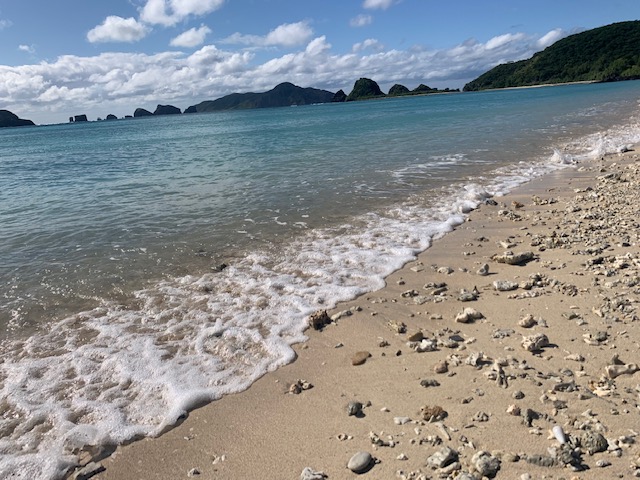
As the days close in on a pandemic year, Okinawa continues to enchant with its ocean blues, golden sands and healing greens. It is the off-season so there are few around to distract from the immersion in nature. Here indeed one feels an underlying divinity.
As the ferry nears Zamami, a distinctive red torii comes into view. This being Japan, it seems an integral part of the landscape. Yet those who know their history will be aware that until an invasion in 1609, the Ryukyu Kingdom was an independent entity, trading with both China and Japan. Following the invasion the islands came under the sway of the Satsuma domain, and not until 1879 were they officially integrated into Japan as Okinawa Prefecture.
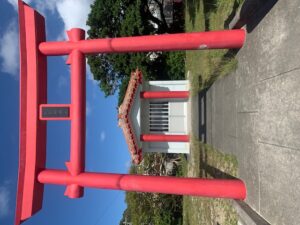
Zamami is a small island accessed from Naha, with a population of just under 1000. As far as I could tell, the Shinto shrine at the harbour is the only one on the island.
Inside was a quite unconventional arrangement of coral and implements, with what looked like a kamidana and ofuda on the floor in the corner.
A bilingual notice on the exterior explained that the name was Ibimiya and that it was dedicated to a sea deity that was also guardian of the village. In March there is a celebration to pray for safe voyages and large catches. And in August is another ceremony for a good harvest and safe voyages.
The August ceremony seems particularly intriguing. Fish and bento are on sale, and kaminchu (priestess-shamans) offer thanks for the past year and prayers for the coming one. There is too a boat race and a parade featuring Fukurokuju, one of the Seven Lucky Deities personifying longevity.
Fukurokuju came originally from China, which makes me wonder whether, like the kaminchu, he predates the coming of Shinto. Either way the August festival sounds an ideal occasion for those who like heat, beaches and an unusual festival. (I wish I could tell you the date, but all I got was ‘August (lunar calendar).’
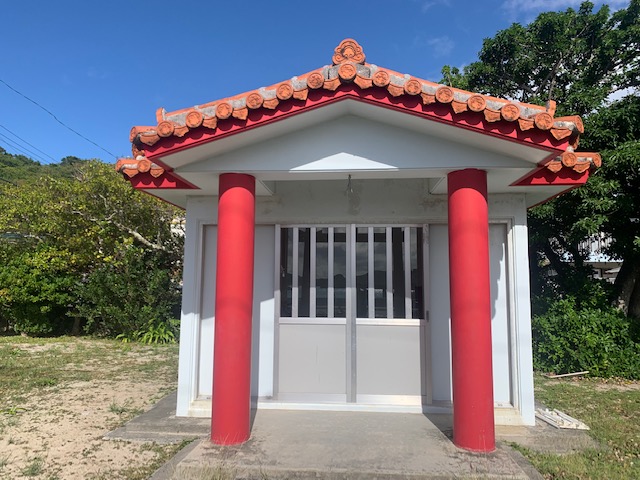
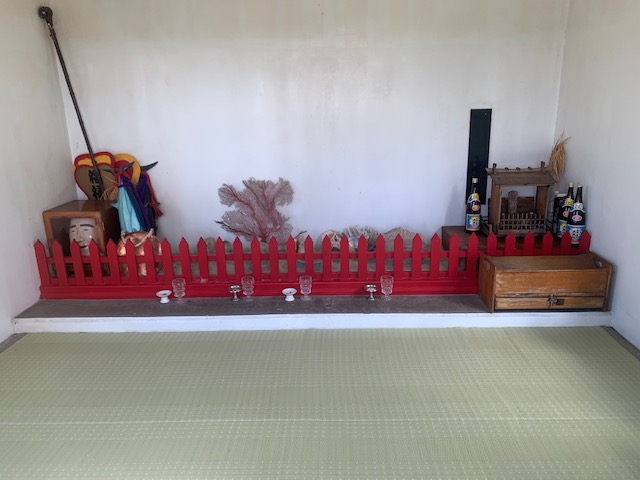
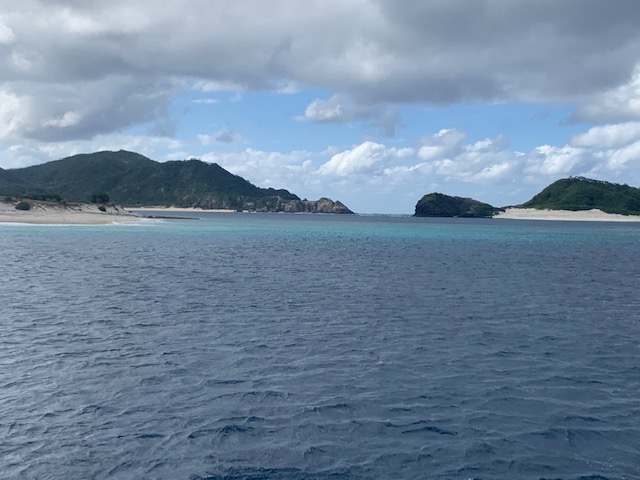

Leave a Reply